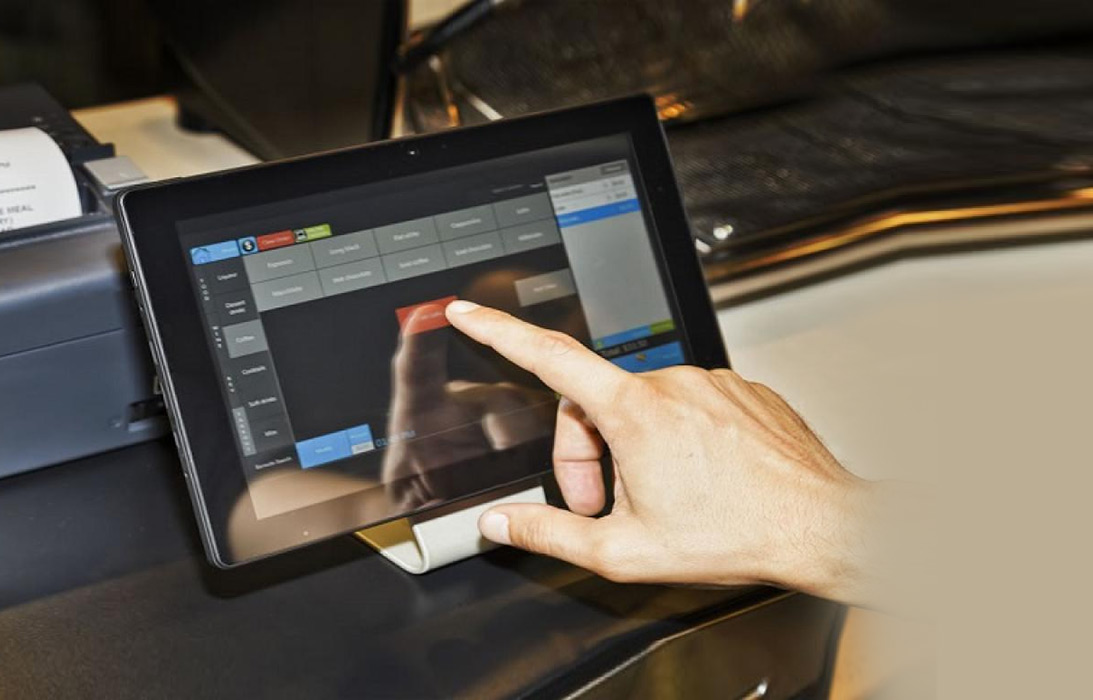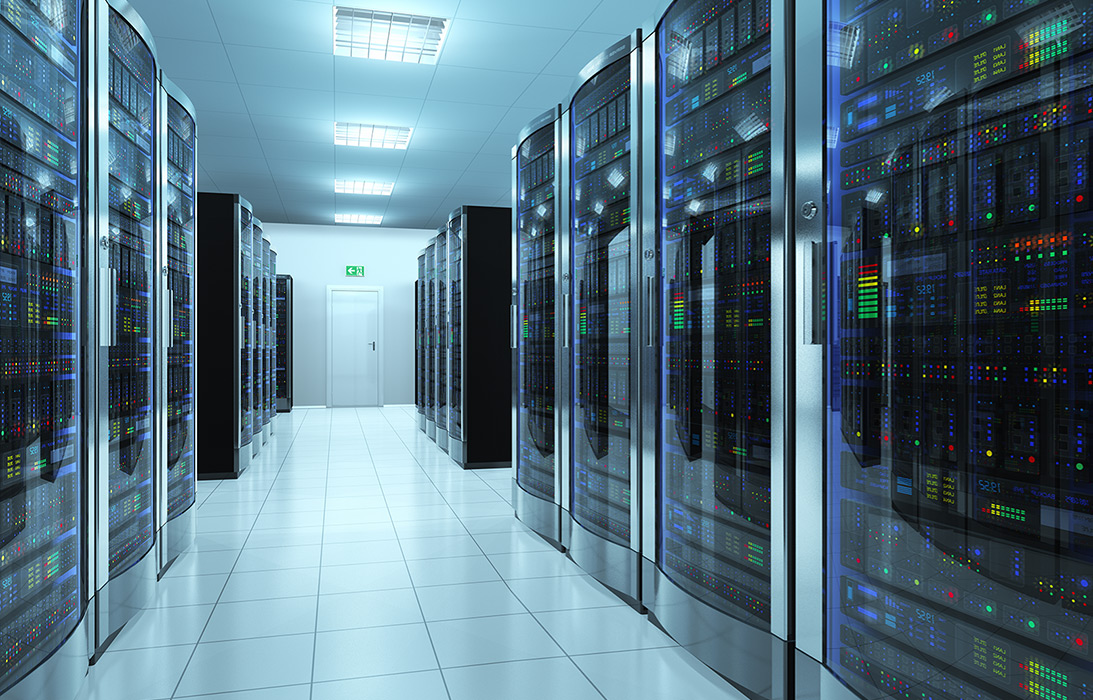-

Annual Maintenance Contract
The 21st Century is the information age and every industry relies on technology to manage the information that they generate. This means that the underlying IT infrastructure has to be extremely robust, to enable your organization’s growth. A poor IT infrastructure can in fact, become such a burden that the mental hassle may impede you from reaching your organization’s desired mission.
The Most Common Types of AMCs are
- Comprehensive AMC
- NON- Comprehensive AMC
Advantages of registering for an AMC
- Saves from unexpected repairs and avoids cost for these repairs.
- Round the clock service from qualified technicians
- Planned services for your products
- Genuine spare parts for high reliability.
-

Facility Management Services
Facility management (facilities management, FM) is an organizational function which integrates people, place and process within the built environment with the purpose of improving the quality of life of people and the productivity of the core business.
At the beginning of the 21st Century, with its climate of continuous change in business and technology, and the consequent emphasis on effective utilization of all corporate resources, Facilities Management has emerged as an important business discipline. With this have come greater professionalism - and a wider range of choice in how specific functions and services are secured.
One of the FM's primary responsibilities is providing and managing a variety of services to his or her 'customers', that is, the employees within the organisation. These services span the range from security and M&E, through cleaning and catering, to plants and landscaping. Increasingly, such services are outsourced; in other words, purchased from and delivered by external suppliers – a practice that has grown and developed in parallel with the rise of FM.
“Facilities” traditionally refer to something physical that is built or installed for a specific purpose, and combine to help organizations complete their stated goals. It can refer to hardware facilities like central heating, air equipment, and lighting fixtures. It can also refer to non-equipment resources like staff management, grounds maintenance, and security services.
-

Office Setup & Automation
The Indian startup ecosystem has become the third largest globally and is known for its technical acumen and entrepreneurial culture. This trend of unicorns spawning unicorns is also a sign of moving up the value chain.
Companies may be selling new stories and creating fresh unicorns, but the fact remains that they are being run as different entities.
If a unicorn is investing for vertical integration, it will eventually complement its business. But if it’s lateral integration, it is for scoping out new opportunities, helping the ecosystem, and supporting the cause. “Many a times they help fuel the fire in the ecosystem. In turn, they also learn something new.
-

Network Audit
Network auditing is the collective measures done to analyze study and gather data about a network with the purpose of ascertaining its health in accordance with the network/organization requirements.
Network auditing primarily provides insight into how effective network control and practices are, i.e. its compliance to internal and external network policies and regulations.
Network auditing works through a systematic process where a computer network is analyzed for
- Security
- Implementation of control
- Availability
- Management
- Performance
The data is gathered, vulnerabilities and threats are identified, and a formal audit report is sent to network administrators.
-

Network Designing & Implementation
Network design is a category of systems design that deals with data transport mechanisms. ...
The objective of network design is to satisfy data communication requirements while minimizing expenses.
Uncover your small business's requirements for performance, capacity and network ports. Meet with co-workers from each area of your company to understand their application and potential expansion requirements. Local area networks support a single location, like an office or building, using switches that provide ports to connect servers, storage hardware, computers, phones and printers to the network. The LAN itself consists of cabling, switches and routers that provide connectivity to the Internet as well as additional locations, if required, and routing between LAN segments.
Plan a phased approach to implementation. Introduce the computer room core switches first, providing connectivity to the servers. Depending on the size of the company and business process needs, it might be possible to immediately follow this activity on the same day by implementing the new access layer switches. Schedule wide area connectivity following the introduction of the core switches in the computer room, selecting a time that does not conflict with the access layer installation. Coordinate wide area connectivity with the telecommunication vendor providing this portion of the network service.
-

Remote Management
Remote management is one way through which people manage their websites easily from their computer through a server supported on Windows 7, Windows Vista or Windows XP. The communication between the site and the desktop is fast and secure and thus. If you are still wondering.
No one wakes up thinking "today is the day I'm going to be hacked." Even though we've all seen big-name companies fall prey to cyber-attacks, the majority of business owners don't think one will ever happen to them. They're wrong. Breaches at Target, Home Depot, and Equifax may capture all of the attention, but software commonly used by many small businesses makes them far more attractive targets to hackers.
-

Managed Print
Printing is an essential function in most retail businesses – but there is flexibility in how each business approaches printing. And, the approach you choose will affect your cost, level of responsibility and effectiveness. In turn, each of those variables influences future ROI, productivity and workflow.
Choosing a print solution that complements your organization's needs and employee work requirements is very important, not only from a productivity standpoint, but also for your bottom line. When you look at the figures, considering your print options makes sense:
- Nearly 90% of companies don’t track print costs
- Document costs represent between 5-15% of revenue
- IT spends 15% of its time on printing issues
- Supplier agreements can reduce operating costs 20-30%
Managed print services is a program offered by print providers that manage all aspects of your business printing devices, including printers, scanners, faxes and copiers. But, it's not the only option for businesses. Working with retailers or commercial printers is also an option for businesses.
-

Cloud Services
Cloud-based is a term that refers to applications, services or resources made available to users on demand via the Internet from a cloud computing provider's servers. Companies typically utilize cloud-based computing as a way to increase capacity, enhance functionality or add additional services on demand without having to commit to potentially expensive infrastructure costs or increase / train existing in-house support staff.
Based on a service the cloud model is offering, we are speaking of either
- IaaS (Infrastructure-as-a-Service)
- PaaS (Platform-as-a-Service)
- SaaS (Software-as-a-Service)
- or, Storage, Database, Information, Process, Application, Integration, Security, Management, Testing-as-a-service.
-

Mobility
Mobility Service Providers is an entity that provides consumers with enhanced mobility through services and information throughout the travel chain by combining the services of several intermodal transport companies as well as other service providers such as mobile, Navigation, booking and financial service providers.
When we consider mobile infrastructure, it's easy to see that it provides the very foundation on which enterprises create their mobile solutions. This means that it must be both pervasive and well-designed. However, the infrastructure is quite often neglected due to arising issues within the business that need immediate attention. And because users are not complaining about the wireless network, business owners put this particular issue on the back burner. What these companies soon come to realize is that there are several benefits to virtualization. They experience improved security; their business has continuity, and they gain access to their legacy applications.
-

Asset Management
IT asset management (information technology asset management or ITAM) is a set of business practices that combines financial, inventory and contractual functions to optimize spending and support lifecycle management and strategic decision-making within the IT environment. Asset management allows the organization to keep track of all their assets. It can tell where the assets are located, how they are used, and when changes were made to them. The data from the asset management solution can ensure that asset recovery will lead to better returns.
Asset recovery is automatically reflected in an asset management system. Once assets are scrapped or sold, the said assets will be removed from the records and books of the business. Related assets, such as consumables and spare parts, are written off or sold to free storage space. Proper asset management can help optimize your operations that include the planning, resources use, and in the implementation of the management program.
-

Data Centre
Data centres are simply centralized locations where computing and networking equipment is concentrated for the purpose of collecting, storing, processing, distributing or allowing access to large amounts of data.
Depending on the type of data center, it uses a different network technologies and equipment. Corporate data centres tend to serve many applications. They can be either 200 (small companies), or 1000 servers (large companies). Parts of corporate data centers have closed structure, designed to optimize the IT applications and services. Only a few vertical structures (oil and gas exploration, biotechnology, or any other areas in which IT infrastructure is crucial for the competitiveness of companies) may also include high- performance computing clusters (HPCC) at its data centers, designed for thorough scientific analysis. Many corporate data centers also have an open structure, designed for customer service. They maintained internal and external bandwidth, depending on the type of application.
-

Digitization
Digitization is the automation of existing manual and paper-based processes, enabled by the digitization of information; from an analog to a digital format. You'll notice that today digitization is indeed mainly used in the context of document capture and scanning, and in a context of digitizing business processes.
Digitized information is easier to store, access and transmit, and digitization is used by a number of consumer electronic devices. One of the most important qualities of information in digital form is that by its very nature, it is not fixed in the way that texts are printed on paper.
The advantages of digitization are many
- 24/7 availability of access
- No physical limits for storage
- Great saving of space
- It is cheaper to maintain digital library than book library.
-

Lease & Rental
Business efficiencies of the best office technology. Lease new computers, servers and more without investing precious business capital on equipment that dates faster than any other business tool.
With our IT equipment leasing solutions you can easily upgrade your business equipment. Our flexible lease agreements mean manageable monthly payments which are tax deductible.
Products are available. Servers and networks Desktops, laptops and tablets Whole office solutions Photocopiers and scanners Printers and 3D Printers
-

Consultancy Services IT
Consulting services are an integral part of consulting. The objective of seeking IT consulting services is to stay updated and competitive in marketplace as per the latest technology trends. 21st century businesses owners are often seen searching for such services for adding value to their business. Most of the time, their professionals understand the best possible ways of optimizing existing infrastructures installed by their clients. They advise their clients about the ways they can best use their existing IT infrastructure.
A consultancy service hires valuable employees for a company. The consultancy firm is paid by companies to share their expertise and knowledge with them and to help their business attain goals and solve problems many consultancy companies involve working on team
Oriented projects to resolve problems for clients.
- Easy retrieval of information using keywords
- Any number of times digital files can be duplicated with exactness.
- Many can access a digital file at the same time

